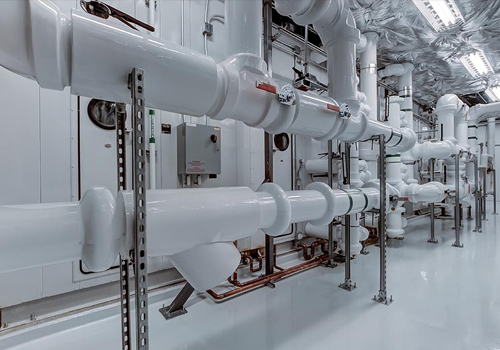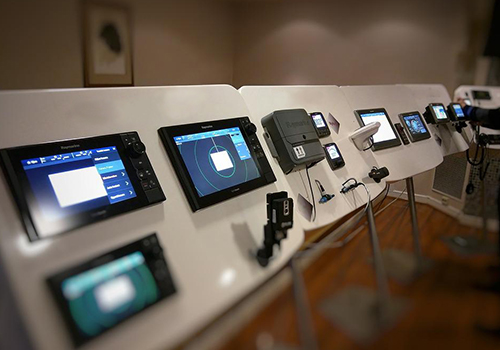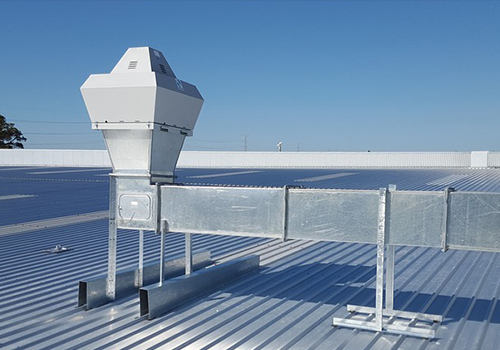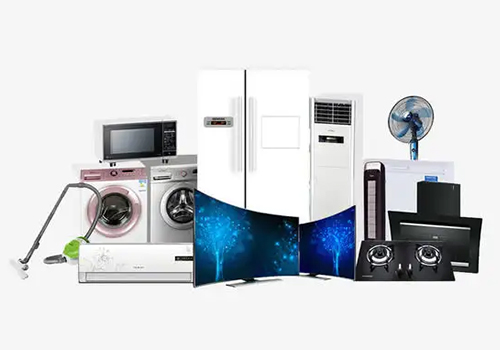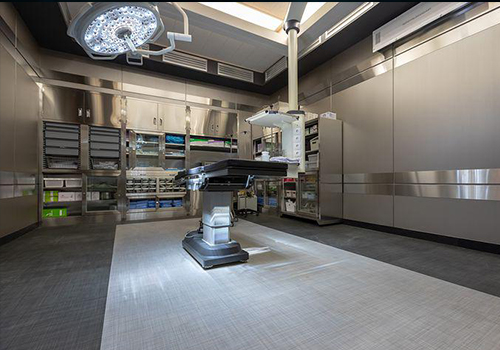Relay Applications
In the rapidly evolving landscape of technology, the concept of power relays has proven to be a cornerstone for numerous applications across various industries. Relays are electrical control devices that are used to create a predefined step change in the controlled amount of an electrical appliance when the input quantity (excitation quantity) changes to satisfy the specified requirements. The control system, also known as the input circuit, and the controlled system are interconnected (also called the output circuit). It is actually a "automatic switch" that manages the operation of a big current with a little current, and is frequently employed in automatic control circuits. As a result, it functions as the circuit's automatic regulation, safety protection, and conversion circuit.
Relay Main Functions
- Extending the control range: In the realm of electronic systems, the significance of relays in extending control range cannot be overstated. By acting as remote control interfaces, relays facilitate the expansion of operational boundaries, allowing for seamless management of equipment over extended distances. Depending on the various contact group configurations, a multi-contact relay control signal up to a particular value can switch, open, and turn on many circuits simultaneously.
- Amplification: Relays act as signal boosters, ensuring that weak signals can travel longer distances without significant degradation. Using sensitive relays, intermediary relays, etc., you can control a very high-power circuit with a very tiny amount of control. By enhancing signal strength, relays help maintain the integrity of the transmitted information.
- Integrated signals: In the realm of communication and connectivity, the concept of relay integrated signals has emerged as a pivotal force. By leveraging relay technology, disparate signals can converge and harmonize, creating a unified and cohesive network. For instance, when several control signals are applied in a specific way to a multi-winding relay, they are compared and integrated to provide a preset control effect.
- Automatic, remote control, and monitoring: Relays play a pivotal role in remote control and monitoring applications. They can be integrated into systems that require the measurement of physical parameters, such as temperature, pressure, or humidity. Once the relay detects specific conditions, it can trigger appropriate actions or alarms.
-
Communication interface: In communication systems, relays serve as interfaces between different protocols and standards. They can translate signals from one format to another, enabling seamless communication between diverse devices. This function is critical in modern interconnected systems where compatibility issues may arise due to the use of different communication protocols.
In addition to the aforementioned functions, purchasing an electromagnetic relay can result in faster response times and greater resilience to higher current and voltage. As a versatile component, relays are utilized across a range of industries, including automation, power systems, communications, and household appliances. They play a pivotal role in enabling automatic control and protection of electrical circuits, making them indispensable in many settings.
Relay Main Application Fileds
Relays are one of the most crucial control components because they are automatic switching devices with isolation capabilities. ATO relays are utilized in a variety of applications including mechatronics, telemetry, communication, automatic control, and remote control.

